Surgical offloading procedures for diabetic foot ulcers compared to best non-surgical treatment: a study protocol for a randomized controlled trial
- PMID: 29467829
- PMCID: PMC5819289
- DOI: 10.1186/s13047-018-0248-3
Surgical offloading procedures for diabetic foot ulcers compared to best non-surgical treatment: a study protocol for a randomized controlled trial
Abstract
Background: Diabetic foot ulcers are frequently related to elevated pressure under a bony prominence. Conservative treatment includes offloading with orthopaedic shoes and custom made orthotics or plaster casts. While casting in plaster is usually effective in achieving primary closure of foot ulcers, recurrence rates are high. Minimally invasive surgical offloading that includes correction of foot deformities has good short and long term results. The surgery alleviates the pressure under the bony prominence, thus enabling prompt ulcer healing, negating the patient's dependence on expensive shoes and orthotics, with a lower chance of recurrence. The purpose of this protocol is to compare offloading surgery (percutaneous flexor tenotomy, mini-invasive floating metatarsal osteotomy or Keller arthroplasty) to non-surgical treatment for patients with diabetic foot ulcers in a semi-crossover designed RCT.
Methods: One hundred patients with diabetic neuropathy related foot ulcers (tip of toe ulcers, ulcers under metatarsal heads and ulcers under the hallux interphalangeal joint) will be randomized (2:3) to a surgical offloading procedure or best available non-surgical treatment. Group 1 (surgery) will have surgery within 1 week. Group 2 (controls) will be prescribed an offloading cast applied for up to 12 weeks (based on clinical considerations). Following successful offloading treatment (ulcer closure with complete epithelization) patients will be prescribed orthopaedic shoes and custom made orthotics. If offloading by cast for at least 6 weeks fails, or the ulcer recurs, patients will be offered surgical offloading. Follow-up will take place till 2 years following randomization. Outcome criteria will be time to healing of the primary ulcer (complete epithelization), time to healing of surgical wound, recurrence of ulcer, time to recurrence and complications.
Discussion: The high recurrence rate of foot ulcers and their dire consequences justify attempts to find better solutions than the non-surgical options available at present. To promote surgery, RCT level evidence of efficacy is necessary.
Trial registration: Israel MOH_2017-08-10_000719. NIH: NCT03414216.
Keywords: Diabetic foot ulcers; Minimally invasive surgery; Surgical offloading.
Conflict of interest statement
The protocol has been approved by the Assaf HaRofeh MC institutional review board (Study no. 0094–17-ASF). All patients will give written informed consent before recruitment, both for participation & for publishing non-identifiable data & images. The safety board (2 senior orthopaedists and 1 internal medicine specialist) and all members of the team are instructed that all decisions made regarding SAE’s & compliance issues be made with the patient’s best interest as the foremost argument.All patients will give written informed consent for publishing non-identifiable data & images.The authors declare they have no competing interests.Springer Nature remains neutral with regard to jurisdictional claims in published maps and institutional affiliations.
Figures
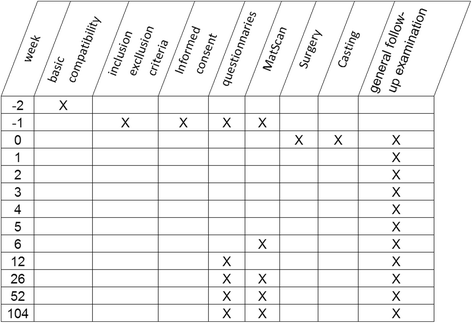

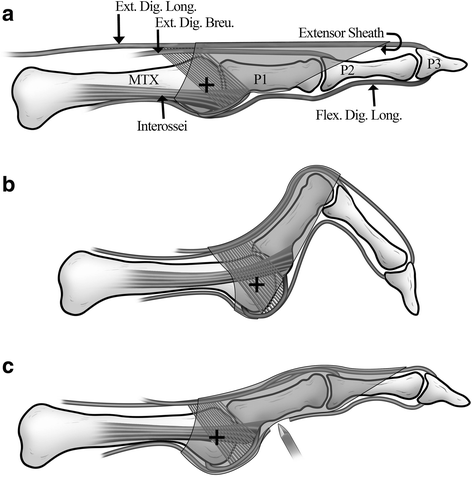
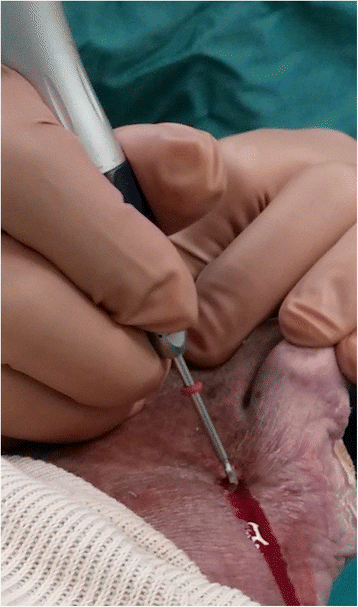

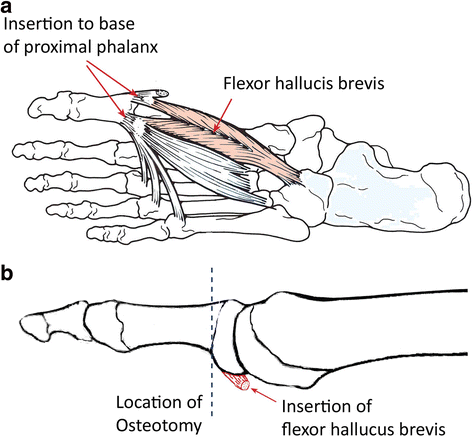
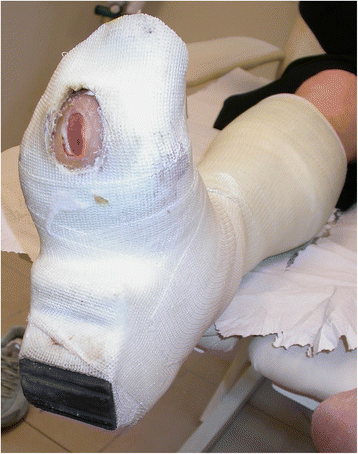
Similar articles
-
Offloading systems for the treatment of neuropathic foot ulcers in patients with diabetes mellitus: a meta-analysis of randomized controlled trials for the development of the Italian guidelines for the treatment of diabetic foot syndrome.Acta Diabetol. 2024 Jun;61(6):693-703. doi: 10.1007/s00592-024-02262-9. Epub 2024 Mar 15. Acta Diabetol. 2024. PMID: 38489054 Review.
-
Mini-Invasive floating metatarsal osteotomy for resistant or recurrent neuropathic plantar metatarsal head ulcers.J Orthop Surg Res. 2016 Jul 11;11(1):78. doi: 10.1186/s13018-016-0414-x. J Orthop Surg Res. 2016. PMID: 27401772 Free PMC article.
-
Guidelines on offloading foot ulcers in persons with diabetes (IWGDF 2023 update).Diabetes Metab Res Rev. 2024 Mar;40(3):e3647. doi: 10.1002/dmrr.3647. Epub 2023 May 25. Diabetes Metab Res Rev. 2024. PMID: 37226568
-
Surgical Offloading Techniques Should be Used More Often and Earlier in Treating Forefoot Diabetic Ulcers: An Evidence-Based Review.Int J Low Extrem Wounds. 2020 Jun;19(2):112-119. doi: 10.1177/1534734619888361. Epub 2019 Nov 20. Int J Low Extrem Wounds. 2020. PMID: 31744347 Review.
-
A Meta-Analysis of the Outcomes of Metatarsal Head Resection for the Treatment of Neuropathic Diabetic Foot Ulcers.Adv Wound Care (New Rochelle). 2021 Feb;10(2):81-90. doi: 10.1089/wound.2020.1261. Epub 2020 Sep 29. Adv Wound Care (New Rochelle). 2021. PMID: 32870773
Cited by
-
Effect of Mini-invasive Floating Metatarsal Osteotomy on Plantar Pressure in Patients With Diabetic Plantar Metatarsal Head Ulcers.Foot Ankle Int. 2021 May;42(5):536-543. doi: 10.1177/1071100720976099. Epub 2020 Dec 17. Foot Ankle Int. 2021. PMID: 33334148 Free PMC article.
-
Optimizing risk management for post-amputation wound complications in diabetic patients: Focus on glycemic and immunosuppressive control.World J Diabetes. 2025 Mar 15;16(3):102899. doi: 10.4239/wjd.v16.i3.102899. World J Diabetes. 2025. PMID: 40093273 Free PMC article.
-
The efficacy of flexor tenotomy to prevent recurrent diabetic foot ulcers (DIAFLEX trial): Study protocol for a randomized controlled trial.Contemp Clin Trials Commun. 2023 Mar 11;33:101107. doi: 10.1016/j.conctc.2023.101107. eCollection 2023 Jun. Contemp Clin Trials Commun. 2023. PMID: 36950303 Free PMC article.
-
Comparative analysis of surgical and non-surgical wound approaches in diabetic foot ulcer treatment: Meta-analysis and systematic review.Int Wound J. 2024 Apr;21(4):e14601. doi: 10.1111/iwj.14601. Epub 2023 Dec 29. Int Wound J. 2024. Retraction in: Int Wound J. 2025 Apr;22(4):e70434. doi: 10.1111/iwj.70434. PMID: 38158715 Free PMC article. Retracted.
-
Effectiveness of Percutaneous Flexor Tenotomies for the Prevention and Management of Toe-Related Diabetic Foot Ulcers: A Systematic Review.J Clin Med. 2023 Apr 12;12(8):2835. doi: 10.3390/jcm12082835. J Clin Med. 2023. PMID: 37109172 Free PMC article. Review.
References
Publication types
MeSH terms
Associated data
LinkOut - more resources
Full Text Sources
Other Literature Sources
Medical
Miscellaneous

